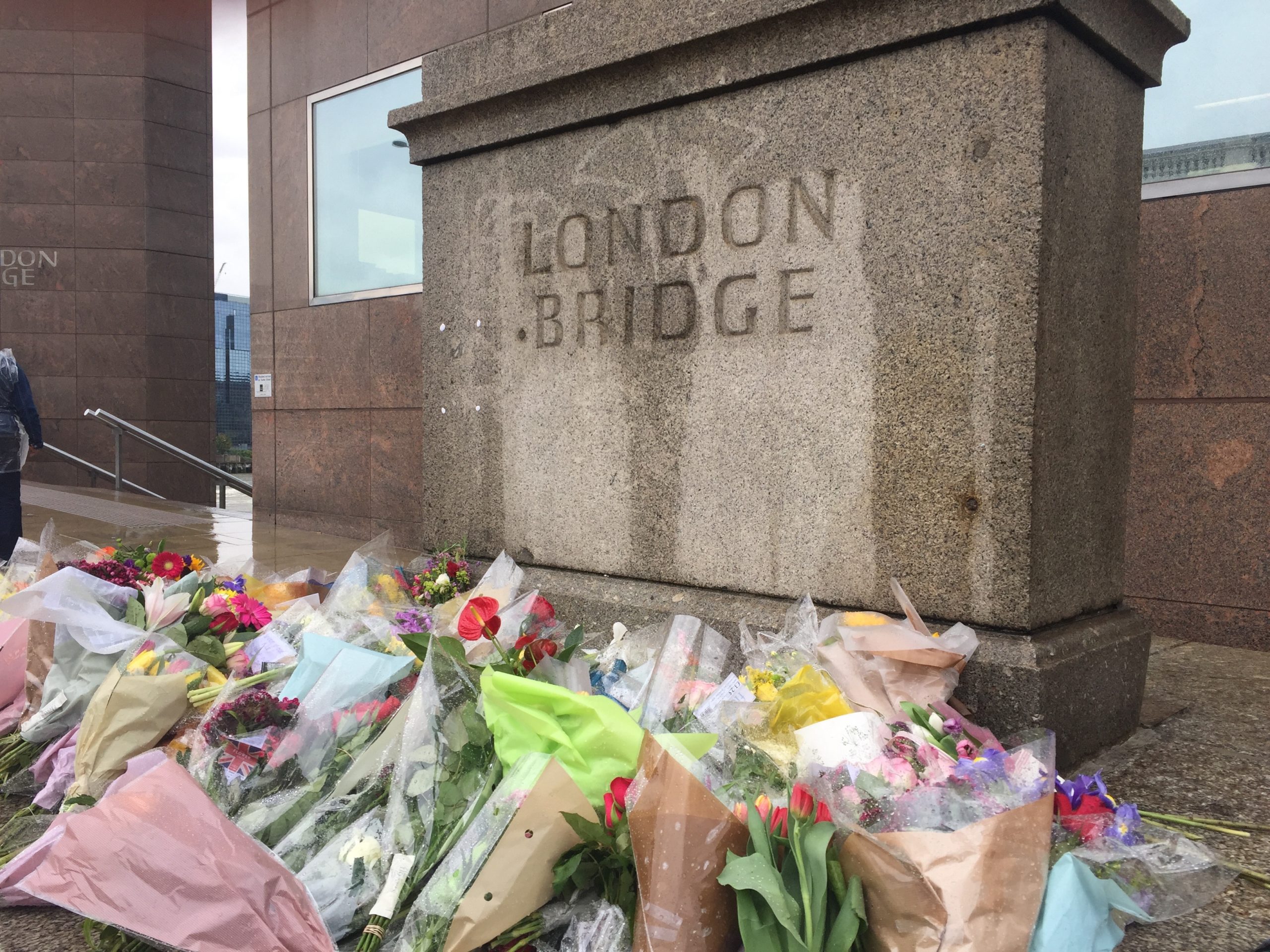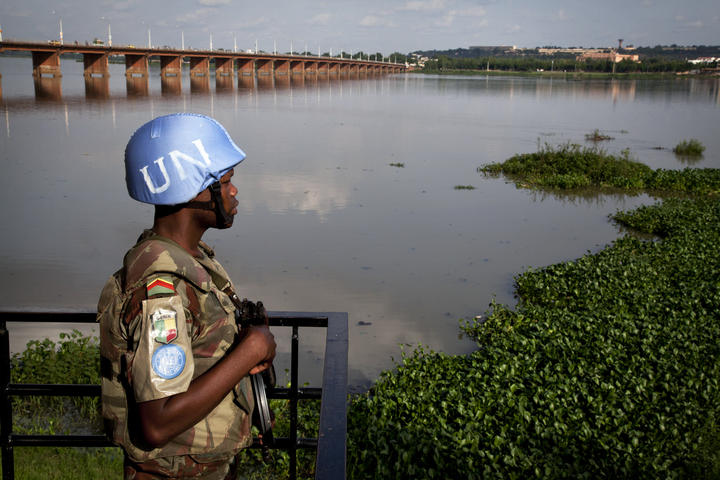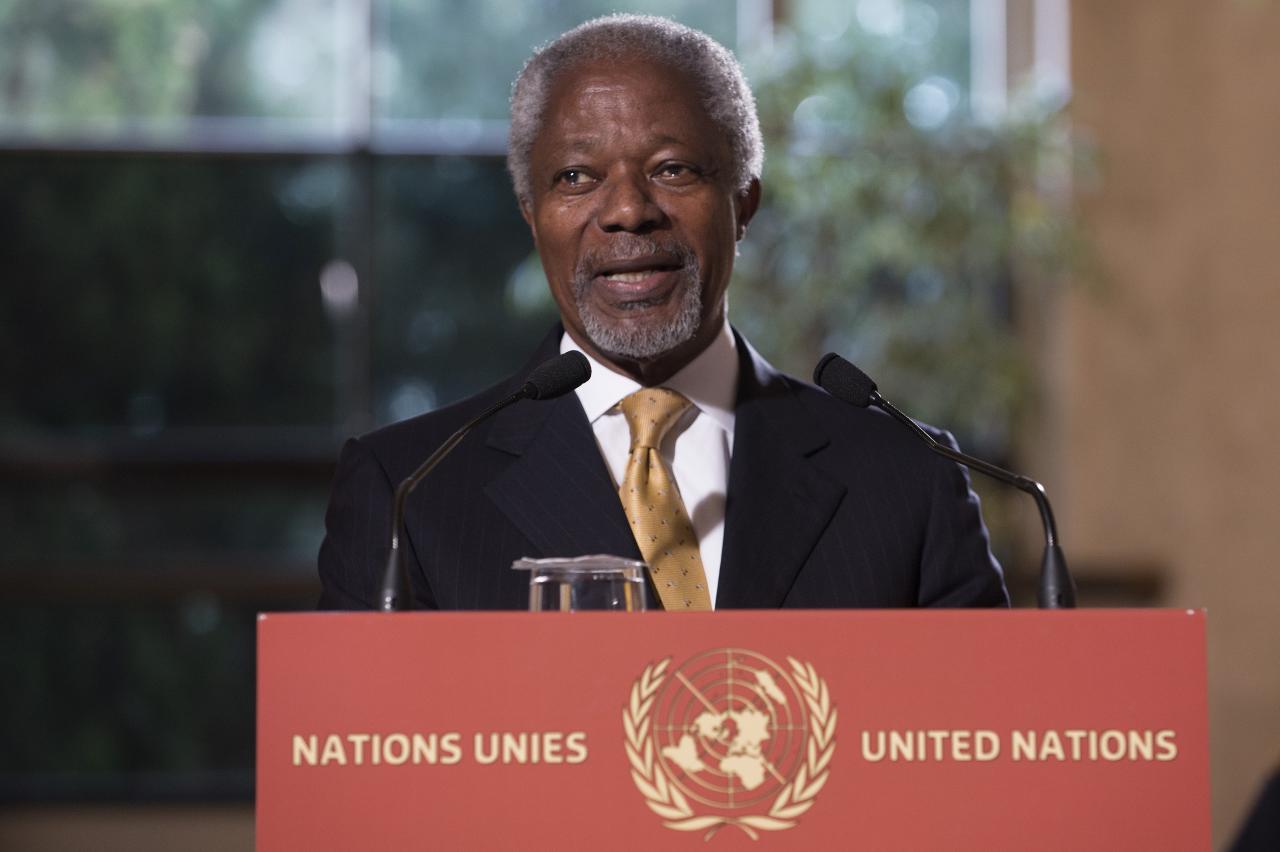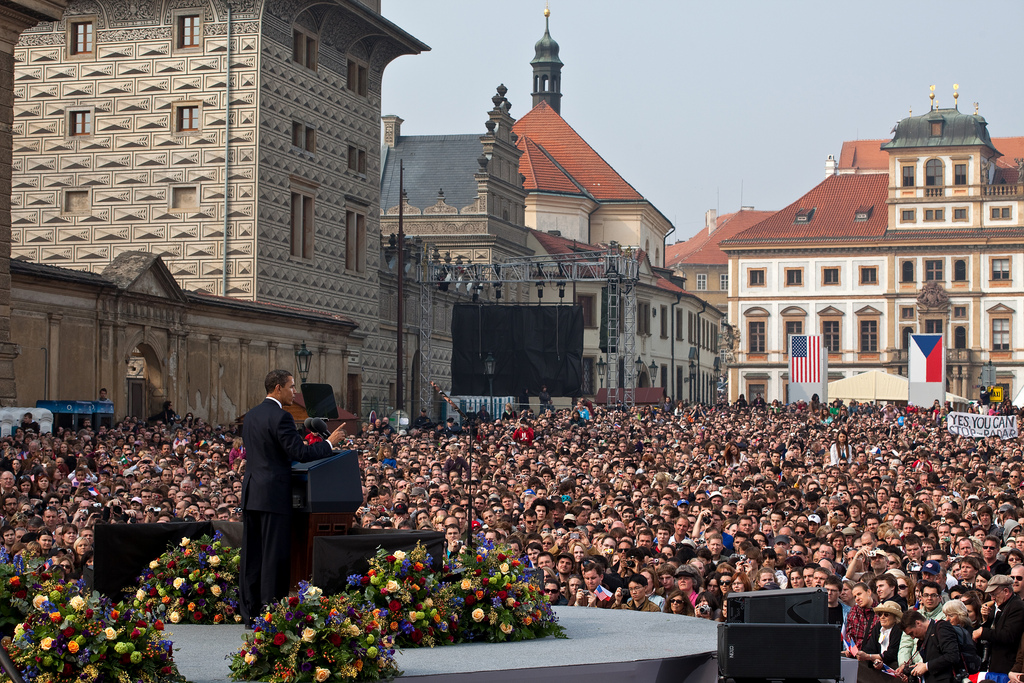A conversation with Alex Braithwaite and Brian Phillips
On the afternoon of Feb. 2, a young Londoner, Sudesh Amman, strolled onto a busy street in south London and began stabbing passers-by. It was the latest in what appears to be a growing trend of online-connected, lone-wolf terror attacks in the UK’s capital city. Brian Phillips and Alex Braithwaite discuss whether terrorism is really a growing threat, what might be driving recent attacks, and the key challenges ahead.
Brian Phillips: So, what’s going on in London?
Alex Braithwaite: The February attack was the latest in a series of about a dozen attacks in London since the 7/7 bombings in 2005, which killed 52 people. The most recent attack looks pretty similar—at first glance—to the one that preceded it: in November 2019, Usman Khan also stabbed a number of individuals, this time by the London Bridge, prior to being subdued by passers-by and then killed by security forces. In both instances, the attackers were so-called lone wolves. Both had recently been freed from prison. Both wore fake suicide vests.
That’s where the similarities end, however. Amman appears to have been influenced by ISIS, whereas Khan’s inspiration seems to have been al Qaeda (he was charged with attempting to carry out an al Qaeda-inspired attack on the UK Stock Exchange back in 2012).
The motivations of the perpetrators and mode of attack vary, but what the attacks all share is their location: London. The question is—why London?
Brian Phillips: The simple answer is that London is a symbol of “the West.” It’s closely aligned with the United States, but closer geographically than New York, and easier to access than Jerusalem. The UK has been militarily involved in Afghanistan, Iraq, Libya, Syria, and other countries, and has made a fair number of enemies. And London is a tourist-packed city of 8 million people, making it an appealing target.
The more important question is why now? The latest attack feels like part of a cycle of violence, with tit for tat Islamist attacks and anti-Muslim hate crimes, both of which have increased in recent years. In June 2017, for example, the ISIS-inspired London Bridge attack was followed by the Finsbury Park attack on Muslims—the perpetrator explicitly said his murder was revenge for the London Bridge murders.
The violence is also influenced by the political climate, specifically Brexit, which has stirred up a lot of anti-immigration sentiment. Brexit might explain why attacks in the UK have continued steadily over the past few years, even while ISIS-inspired attacks have decreased in comparable European cities.
Alex Braithwaite: I can buy that. Brexit has focused attention on the potential for violence on the Irish border, but it has also legitimized some wretched anti-immigrant sentiments and fueled resentments across communities.
I think it’s interesting that the Feb. 2 attack was the second perpetrated by someone recently released from prison in the UK. Amman was held under terrorism legislation that had been expanded rapidly, without much planning, in the wake of the 2005 attacks. Many sweeping bills and acts were published after the bombings, most notably the Prevention of Terrorism Act of 2005, which expanded control orders and discretion around arrest and detention.
Terrorism arrests declined in the final years of Gordon Brown’s Labor government, but David Cameron’s conservative party ushered in a resurgence and expansion of terrorism-related arrests. The Tories simultaneously focused on austerity, under-resourcing prisons, especially rehabilitation programs.
Boris Johnson’s conservative government has rushed through legislation that removes provisions for the early release of individuals in custody on terrorism charges, which is likely to undermine commitments to human rights protections. They’d be better served legislating policy based on what we know about radicalization in prisons, disengagement from terrorism and rates and sources of recidivism among incarcerated and recently freed terror prisoners.
Of course, this new legislation is based on the notion of a growing threat. Is there really a growing threat of terrorism on London’s streets?
Brian Phillips: There are actually far fewer terrorist attacks in London these days than during the Troubles, the conflict over Northern Ireland. But it’s also true that some of the more recent attacks have been much deadlier than those perpetrated by Northern Ireland nationalists. The 2005 bombings killed far more people than any attack in London during the Troubles. And 2017 was the second deadliest terrorism year for London in the past five decades, with 18 people killed.
The nature of terrorism is changing. During the Troubles, the Provisional Irish Republican Army (PIRA) often called in warnings to reduce civilian casualties. Individuals inspired by al Qaeda or ISIS do the opposite—they usually try to maximize the death toll. The “religious wave” of terrorism since the 1990s tends to be especially lethal.
The recent wave of terror is also scary because it’s not coming from one major organization. During the Troubles, the government could try to reduce violence by identifying PIRA members and arresting them, or by negotiating on their domestic political demands. Terrorism in recent years is perpetrated by loose networks and individuals inspired by broad movements or ideologies. There is no single group the government can target for arrest or negotiation.
Alex Braithwaite: I think there are two main challenges ahead. First, there are a large number of convicted terrorists in the UK who have been or are due to be released from prison. The government’s proposal to extend prison terms will only delay the problem. Prisons, and especially rehabilitation programs, need to be properly funded. If these resources remain underfunded and the Johnson government extends terror legislation, things will only get worse. Given growing xenophobia, I’m pretty pessimistic about this particular trend in attacks.
Second, Brexit leaves unresolved questions about the Irish border that might prompt a resurgence in Irish nationalist violence. Given the stretched nature of public funding under austerity, it is not clear that police and security forces are equipped to handle a dual-threat. Moreover, there are few signs of meaningful engagement by the British government with their commitments to the Good Friday Agreement in trying to resolve the Irish border problem.
So, even though violence on London’s streets is relatively low by historical standards, there are reasons to be worried about the future.






